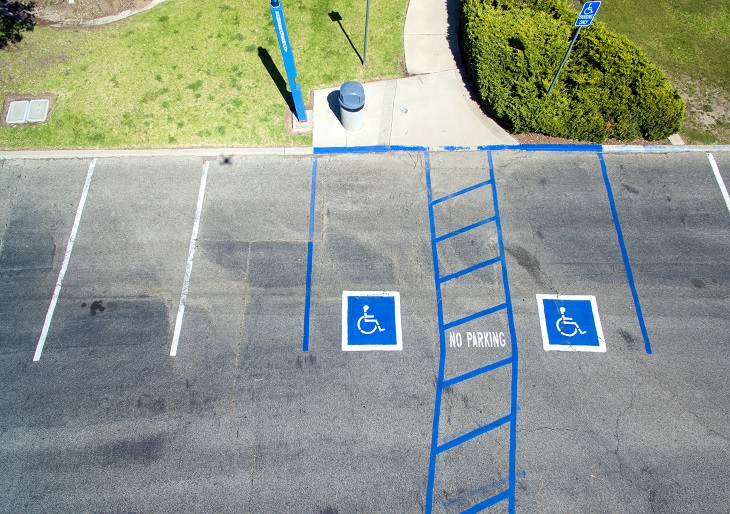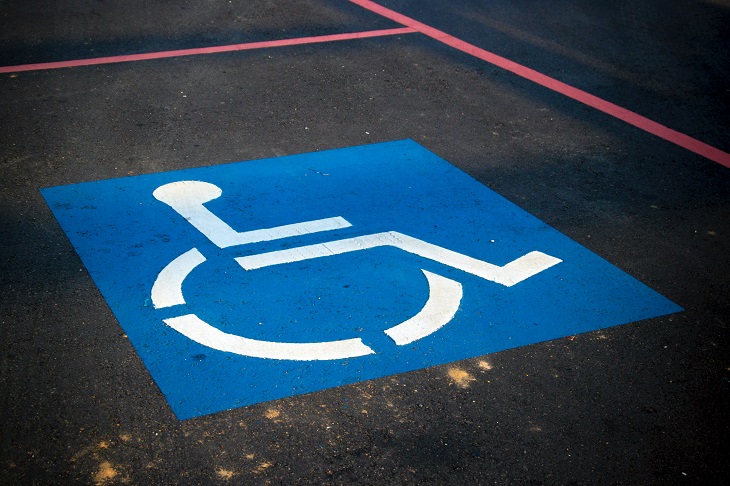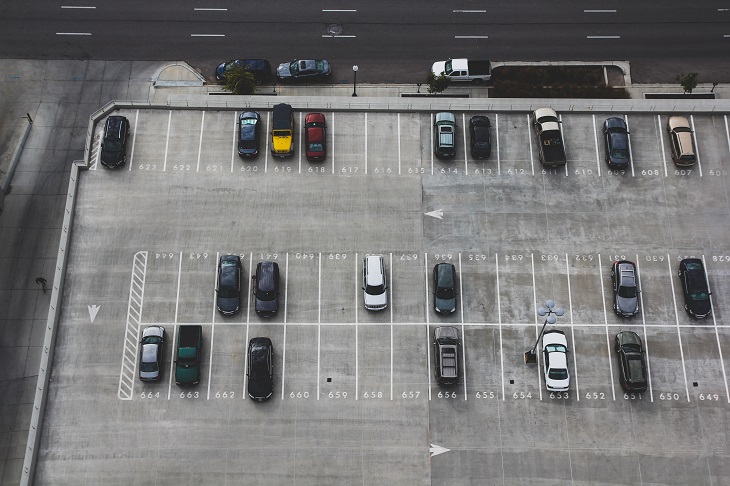Florida’s disabled parking infrastructure makes the Sunshine State accessible to disabled residents and visitors. Florida’s handicap parking program is well-run and easy to navigate.
In order to get the most value from the Florida disabled parking program and your handicap parking permit, it is important to fully understand Florida disabled parking rules. When everybody understands and abides by the rules, the program can run efficiently and everybody can get the benefits they deserve.
An important responsibility that comes with holding a Florida disabled parking permit is knowing when to get it renewed. It is illegal to use an expired Florida handicap parking permit, so it’s essential to get your permit renewed before it expires.
Today we’ll answer several questions about renewing a Florida handicap parking permit, including… How do I renew my handicap parking permit in Florida? How often do you need to renew your disabled parking placard in Florida? Can I renew my handicap placard online in Florida?

Florida Disabled Parking Renewal
Every type of Florida disabled parking permit has an expiry date – even “permanent” placards expire. But once you understand the rules and process involved, renewing your Florida handicap permit is a simple and quick process.
How Often Do You Need To Renew Your Disabled Parking Placard In Florida?
All Florida permits need to be renewed before they expire. Permanent disabled parking permits in Florida expire after four years. They must be renewed every four years before the permit holder’s birthday. Temporary permits expire after six months. They cannot be renewed, but you can apply for a new temporary permit when your current one expires.
When Can I Renew My Handicap Placard In Florida?
You can renew your Florida handicap permit every four years. You will receive a renewal notice a few weeks prior to your permit expiring. Once you receive your renewal notice, you should apply for your new permit.
How Do I Renew My Handicap Parking Permit In Florida?
To renew your handicap parking permit in Florida, you must complete an application form and submit it, along with your renewal notice, to your local tax collector’s office by mail or in person.
Can I Renew My Handicap Placard Online In Florida?
Unfortunately, it is not yet possible to renew your handicap placard online in Florida.
What Costs Are Involved In Renewing A Florida Handicap Parking Permit?
Renewing your Florida permanent disabled parking permit is free. If you apply for a temporary permit within 12 months of applying for your previous temporary permit, it is also free.
How Do I Replace A Lost, Stolen, Or Damaged Florida Handicap Permit?
If your disabled parking permit is lost, stolen, or damaged, submit an application form along with an application for replacement form to your local tax collector’s office to get a replacement.
What Types Of Disabled Parking Permits Are Available In Florida?
In Florida, the following types of disabled parking permits are available:
- Permanent placard
- Permanent license plate
- Temporary placard
- Disabled Veterans license plate
- Organizational permit
What Are The Qualifying Conditions For Disabled Parking In Florida?
To qualify for any type of Florida disabled parking permit, a person must have one of the following disabilities:
- They cannot walk 200 feet without stopping to rest
- They cannot walk without the use of or assistance from a brace, cane, crutch, prosthetic device, or another assistive device, or without the assistance of another person
- They are a permanent wheelchair user
- They have lung disease to the extent that their forced (respiratory) expiratory volume for 1 second, when measured by spirometry, is less than one liter or the person’s arterial oxygen is less than 60 mm/hg on room air at rest
- They use a portable oxygen tank
- They have a cardiac condition to the extent that their functional limitations are classified in severity as Class III or Class IV according to standards set by the American Heart Association
- They have severely limited ability to walk due to an arthritic, neurological, or orthopedic condition
- They are legally blind
Where Can I Use My Florida Disabled Parking Permit?
Florida disabled parking permits are valid in every US state, every US overseas territory, and in Canada, Mexico, UK, EU, Australia, New Zealand, and Japan.
Featured image by Julie Tupas on Unsplash








